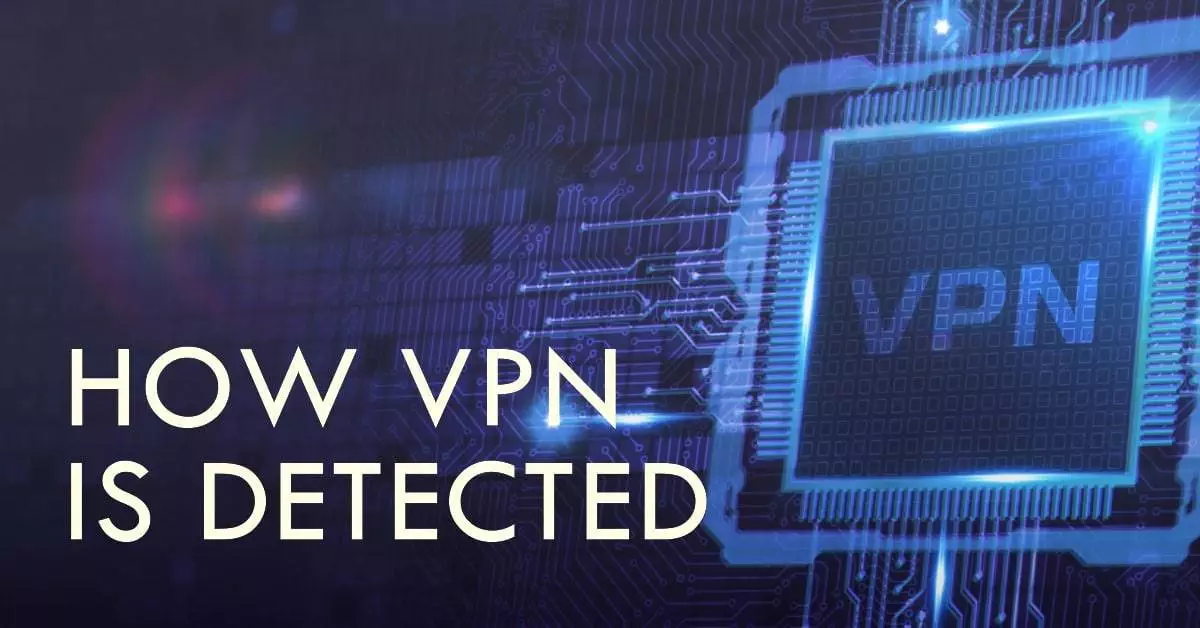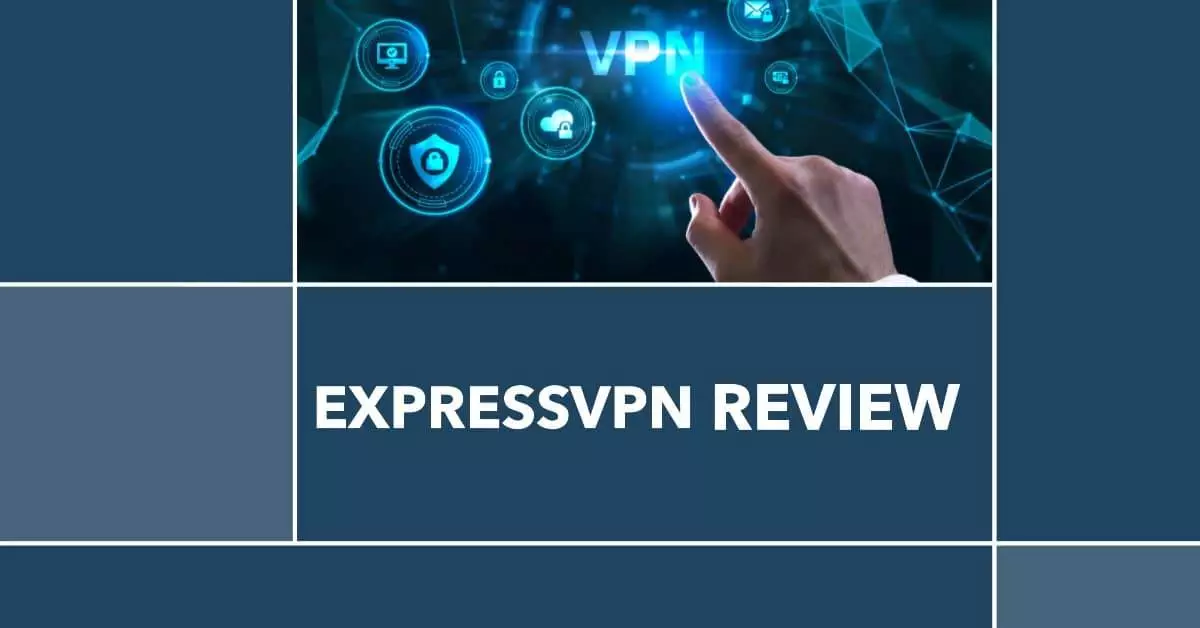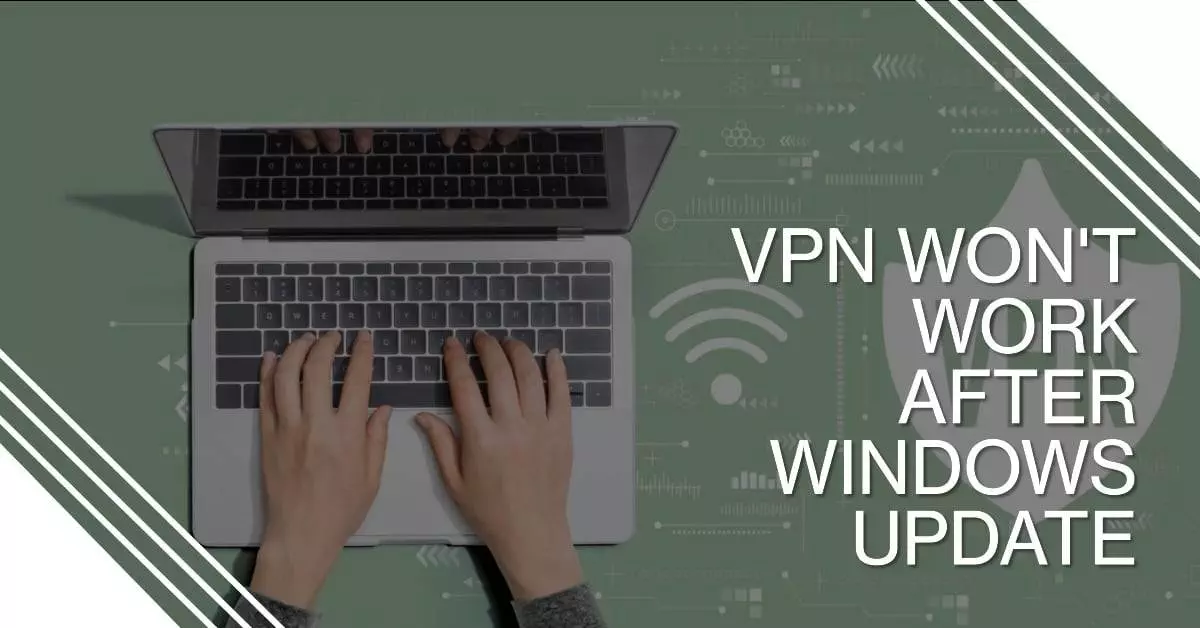So, you’ve just subscribed to a VPN service and think you’re completely anonymous online now. You feel like an internet ninja, able to bypass geoblocks and fend off prying eyes with ease.
But hold on – did you know that VPNs can be detected? Yes, it’s true! Not all virtual private networks are created equal, and some might actually leave traces of your digital footprints for others to follow.
Let’s dive into the fascinating world of VPN detection and explore how this is even possible. By understanding the ways in which VPN usage can be identified, we’ll empower ourselves to make better decisions when seeking that elusive cloak of invisibility online.
Join us as we unravel the mysteries behind detecting VPNs and uncover tips on how to stay truly hidden in cyberspace.
Common Methods Of VPN Detection
If you’ve ever wondered how some websites and services seem to know that you’re using a VPN, it’s because they employ various detection methods.
Two common techniques used for uncovering the use of a VPN are VPN blacklisting and port blocking.
By understanding these methods, you can gain insight into how your online activities may be monitored or restricted.
VPN blacklisting occurs when websites maintain a database of known IP addresses associated with VPN servers.
When traffic from these IPs attempts to access their content, the website detects it as coming from a VPN and either blocks or restricts access accordingly.
Port blocking is another popular technique where specific ports commonly used by VPN protocols are blocked by firewalls, preventing any data transmission through those channels.
This not only helps detect but also disrupts the usage of VPNs on certain networks.
As technology advances, so do the measures taken against privacy tools like VPNs; knowledge is power – arm yourself with an understanding of these detection methods to stay ahead in this digital cat-and-mouse game.
Identifying VPN Traffic Patterns
Like Sherlock Holmes solving a mystery, detecting VPN traffic patterns is all about knowing the clues to look for. A keen eye can spot these telltale signs within network traffic and identify when someone is using a VPN.
The process of uncovering these hidden tracks involves analyzing the data packets that flow through your network.
The primary method used to detect VPNs is traffic analysis which examines various aspects of data transmission such as:
- Packet header information
- IP addresses
- Destination ports
- Protocol types
These analyses reveal certain patterns in how tunneling protocols operate and enable experts to differentiate between regular internet usage and encrypted VPN activity.
Other factors that may be analyzed include:
- Data packet characteristics
- Frequency of connections
- Packet size distribution
By understanding the intricacies behind the operation of VPNs, you can become a master detective in the realm of cybersecurity, equipped with the knowledge to ensure unwanted intrusions are kept at bay.
IP Address And DNS Leakage
Diving deeper into the world of VPN detection, we explore IP address and DNS leakage.
It’s no secret that one of the primary reasons people use a VPN is to mask their real IP addresses. However, some may not realize that certain DNS vulnerabilities can expose your true location even when using a VPN service.
Think about it: you’re striving for online privacy and security, yet there are still ways for others to track your digital footprints. Learning how these leaks occur is essential in achieving mastery over your online presence.
To effectively protect yourself from unwanted exposure, understanding IP masking and identifying potential DNS vulnerabilities become critical skills.
By recognizing the weak spots in various systems (including some popular VPN services), you’ll be well-equipped to make informed decisions on choosing the right tools for maintaining your privacy.
The more knowledge you have on this subject, the less likely it is that someone will be able to pinpoint your exact whereabouts or activities online. So go forth with confidence, knowing that you’re building an unbreakable shield around your virtual life!
Examining Encrypted Packets
Imagine a world where every letter you send is sealed in an impenetrable envelope, keeping its contents hidden from prying eyes. This is the realm of encrypted data analysis, where experts work tirelessly to decipher these digital enigmas and uncover the secrets within.
Today, we’ll dive deeper into this fascinating field by examining encrypted packets.
One key aspect of detecting VPN usage lies in the careful scrutiny of packet inspection techniques. By delving into the following three areas, we can gain valuable insights:
- Packet Size: Encrypted packets typically exhibit consistent sizes due to padding – a process which ensures uniformity across all transmitted data.
- Transmission Patterns: When using a VPN, patterns such as regular time intervals between packets may emerge since they’re often routed through specific servers.
- IP Address Range: Many commercial VPN providers have dedicated IP address ranges that can be cross-referenced against incoming connections.
With these tools at our disposal, even those with an insatiable thirst for knowledge will find themselves well-equipped to tackle encrypted data head-on.
As we advance on our journey towards mastering the forever-changing cybersecurity landscape, it’s vital that we stay alert and persistent in discovering innovative approaches to preserve privacy while being transparent when needed.
Strengthening Your Online Anonymity
As you venture into the digital world, anonymity challenges and privacy maintenance become increasingly important. While using a VPN is an excellent first step, there are additional measures you can take to strengthen your online anonymity.
Here’s how you can level up your security game by adopting methods that will keep prying eyes at bay.
Firstly, make sure your browser is configured for optimum privacy settings. Popular browsers like Chrome and Firefox offer built-in options to enhance user privacy.
Additionally, consider installing privacy-focused extensions such as HTTPS Everywhere or Privacy Badger.
These tools work in tandem with your VPN service to provide better protection against threats like fingerprinting and tracking cookies. Secondly, opt for secure messaging apps such as Signal or Telegram which encrypt messages end-to-end – meaning only the intended recipient can read them.
| Method | Reason |
|---|---|
| Private Browsing | Using private browsing mode prevents search engines from storing your browsing history and personal data while keeping trackers at bay. |
| Multi-hop VPN | A multi-hop VPN connection routes your traffic through multiple servers providing extra layers of encryption, making it harder for eavesdroppers to decipher. |
| Onion Routing (TOR) | The Tor network allows users access to deep web content whilst enhancing their security through encrypted connections across various nodes worldwide. |
Remember that no solution guarantees complete anonymity; nevertheless, combining several strategies significantly enhances privacy maintenance efforts.
So go ahead and explore these tips to enjoy a more secure online experience that keeps snoopers guessing!
How VPN Is Detected – Conclusion
In conclusion, it’s quite fascinating to learn that various methods are used to detect VPN usage. Understanding how these techniques work can help us enhance our online anonymity and protect our privacy more effectively.
One interesting statistic is that around 31-33% of internet users worldwide have utilized a VPN in 2023! [1]
This highlights the importance of staying informed on VPN detection methods and continuously improving our security measures.
Stay safe out there!




Leave a Reply